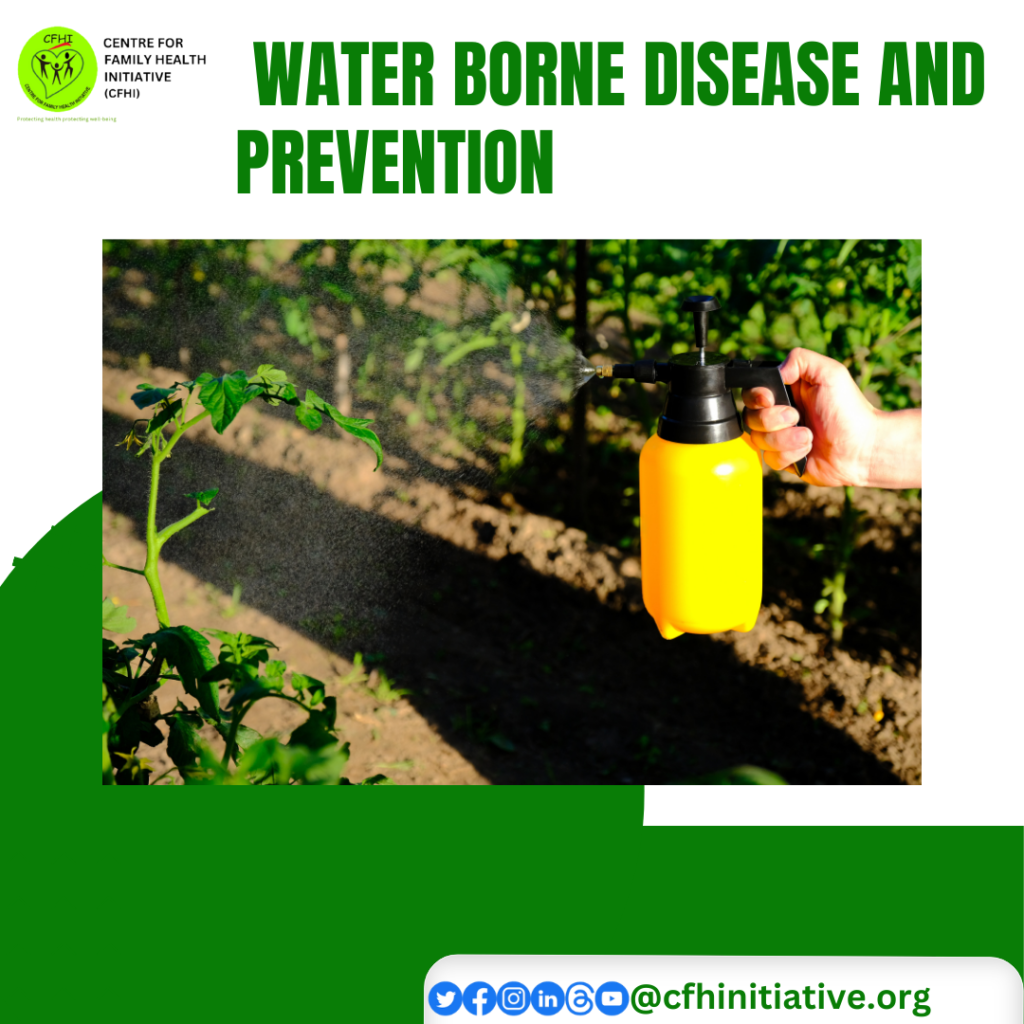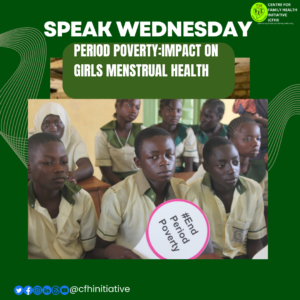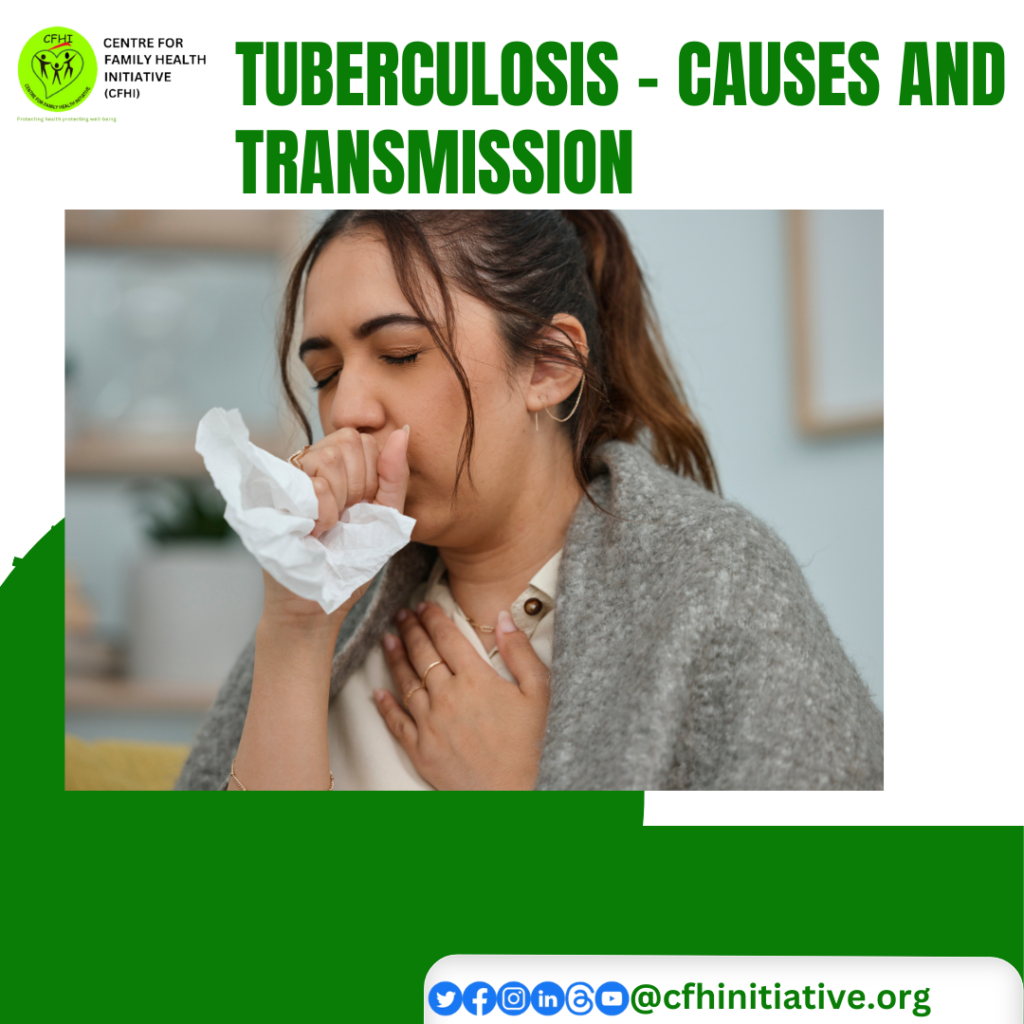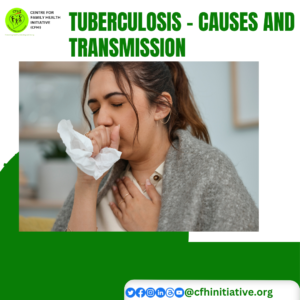WATERBORNE DISEASES AND PREVENTION
Waterborne diseases pose significant health risks worldwide, particularly in regions with inadequate sanitation and clean water infrastructure. These diseases are caused by pathogens such as bacteria, viruses, and parasites that contaminate water sources, leading to illnesses when consumed or in contact with the human body.
In 2022, globally, at least 1.7 billion people use a drinking water source contaminated with faeces. Microbial contamination of drinking-water as a result of contamination with faeces poses the greatest risk to drinking-water safety.1
Common Waterborne Diseases include:
Cholera: Caused by the bacterium Vibrio cholerae, cholera leads to severe diarrhea and dehydration. It spreads through contaminated water and food, particularly in areas with poor sanitation.
Typhoid Fever: Salmonella typhi bacteria cause this potentially fatal illness. Contaminated water and food, often in areas with inadequate sewage disposal, transmit the disease. Symptoms include high fever, stomach pain, and headache.
Hepatitis A: This viral infection affects the liver and spreads through the ingestion of contaminated water or food. Symptoms include jaundice, fatigue, and abdominal pain.
Dysentery: Caused by various bacteria, parasites, or viruses, dysentery results in bloody diarrhea, abdominal pain, and fever. It spreads through contaminated water, particularly in areas with poor hygiene practices.
Giardiasis: The Giardia intestinalis parasite causes this diarrheal illness. Contaminated water sources, such as rivers and lakes, transmit the parasite, leading to symptoms like diarrhea, gas, and stomach cramps.
Some of the prevention strategies include having access to clean water, proper sanitation infrastructure; including sewage systems and waste disposal facilities, Promoting good hygiene practices, such as handwashing with soap and water, education campaigns on the importance of hygiene in disease prevention, water testing and monitoring, vaccination, proper food handling and fostering community engagement.
Waterborne diseases continue to pose significant health challenges globally, particularly in regions with inadequate access to clean water and sanitation. Effective prevention strategies, including ensuring access to clean water, improving sanitation infrastructure, promoting good hygiene practices, and implementing vaccination programs, are crucial in reducing the burden of waterborne illnesses. By prioritizing prevention efforts and fostering community engagement, we can work towards a healthier and safer future for all.
Reference:
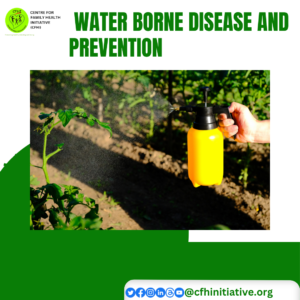
WATERBORNE DISEASES AND PREVENTION Read More »

